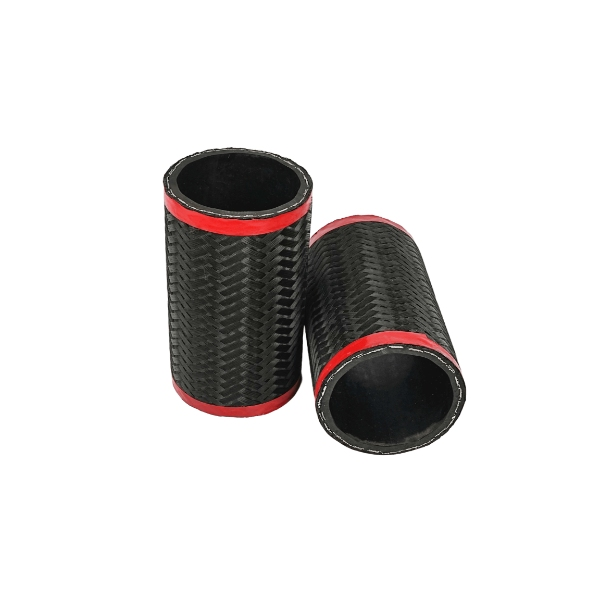- This topic is empty.
-
AuthorPosts
-
28/10/2024 at 14:18 #152432
Hydraulic hoses are indispensable components in modern industry, especially in construction machinery, agricultural equipment and various hydraulic systems. Proper installation of hydraulic hoses can not only ensure the efficient operation of the system, but also significantly extend its service life. This article will explain in detail how to properly install hydraulic hoses, including preparation, installation steps, etc.
The installation steps of hydraulic hoses are as follows:
Preparation: Before installing the hydraulic hose, you need to clean the work area and ensure that the tools and equipment are intact. At the same time, check whether the length and diameter of the hydraulic hose meet the requirements, and check whether the appearance of the hose is damaged or worn.
Cut the hose: According to the required length, use the appropriate tool to cut the hose to the required size. Before cutting the hose, the hose should be fixed in a suitable position to prevent the hose from moving during the cutting process.
Install the hose connector: Install the appropriate hose connector on both ends of the hose. Before installing the connector, the inside and outside of the hose should be cleaned to ensure that the connector can be connected correctly. When installing the connector, appropriate tools and techniques should be used to avoid damage or loosening of the connector.
Connect the hose: Connect one end of the hose to the outlet of the hydraulic system and the other end to the inlet of the system. When connecting the hose, make sure there is no gap between the hose and the connector, and the torque of the connecting fasteners meets the specified requirements. At the same time, appropriate sealing materials should be used to ensure that there is no leakage at the connection.
Test the hose: After installing the hydraulic hose, a systematic test should be performed to ensure that the hose is installed correctly. During the test, pay attention to observe whether the hose has leaks, whether the system pressure is normal, and whether the hose has abnormal vibration or noise.

When installing the hydraulic hose, you also need to pay attention to the following points:
Choose the right hose: Choose the right hose material and size according to the requirements of the hydraulic system. Different hydraulic systems may require hoses of different materials, such as rubber hoses, polyester hoses, or metal hoses.
Avoid twisting and bending: When installing the hydraulic hose, avoid twisting and excessive bending of the hose. Twisting and bending will shorten the life of the hose and may cause leakage or hose rupture.
Avoid excessive tension: The installation of the hose should avoid excessive tension, as excessive tension can cause fatigue rupture of the hose. When installing the hose, ensure that the hose has enough slack to allow for movement and vibration of the system.
Regular inspection and maintenance: After installing the hydraulic hose, the condition of the hose should be checked regularly and necessary maintenance and replacement should be carried out. When checking the hose, you should pay attention to whether the appearance of the hose is damaged, worn or aged, and whether there is leakage at the hose connection.
In the actual installation of hydraulic hoses, some common problems may be encountered, such as hose leakage, hose rupture or loose hose connection.
For these problems, the following solutions can be taken:
Hose leakage: If the hose leaks, the system should be stopped first and the cause of the leak should be checked. If the hose connection is leaking, the connection fasteners can be re-tightened. If the hose itself is damaged, a new hose should be replaced.
Hose rupture: Hose rupture may be caused by excessive pressure, excessive tension or hose aging. If the hose ruptures, the system should be stopped immediately and a new hose should be replaced. At the same time, the system pressure should be checked to see if it is normal, and measures should be taken to prevent similar problems from happening again.
Loose hose connection: Loose hose connection may cause leakage or hose detachment. If the hose connection is found to be loose, the system should be stopped immediately and the connection fasteners should be re-tightened. When re-tightening the connection fasteners, appropriate torque should be used and there should be no gaps in the connection.
In short, the correct installation of hydraulic hoses is essential for the normal operation and safety of the hydraulic system. When installing hydraulic hoses, you should follow the correct steps and precautions, and regularly check and maintain the condition of the hoses. If you encounter problems, you should take timely measures to solve them to ensure the normal operation and safety of the system.
As a hydraulic hose company from China, we are well aware that in the rapidly changing industrial field, product reliability and performance are the key to winning customer trust. Therefore, we are committed to providing high-quality hydraulic hose solutions and ensuring that our customers can properly install and maintain these key components to maximize their performance and life.
http://www.tianyiindustry.com
Zaozhuang Tianyi Industry Co., Ltd., -
AuthorPosts
- You must be logged in to reply to this topic.